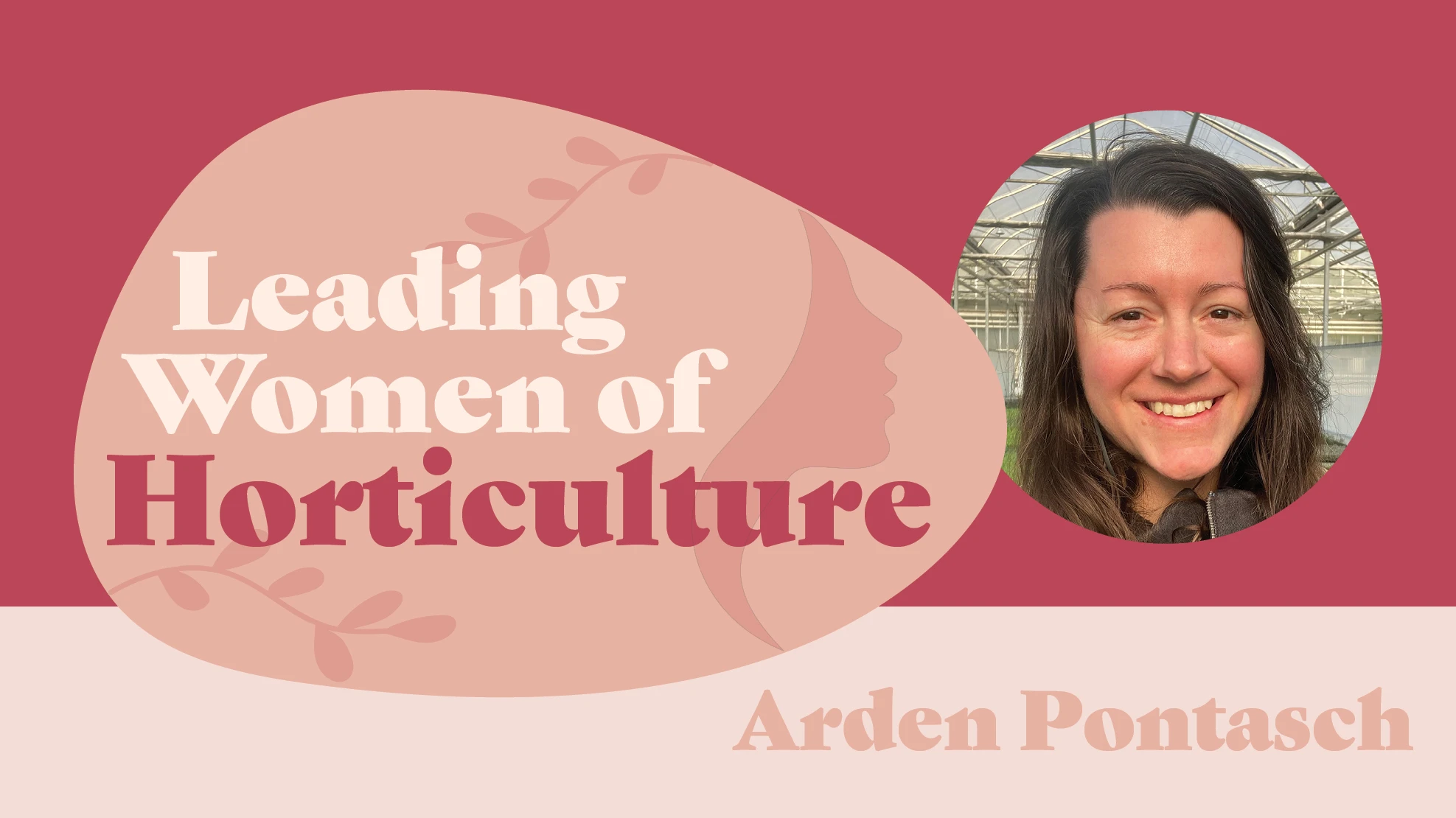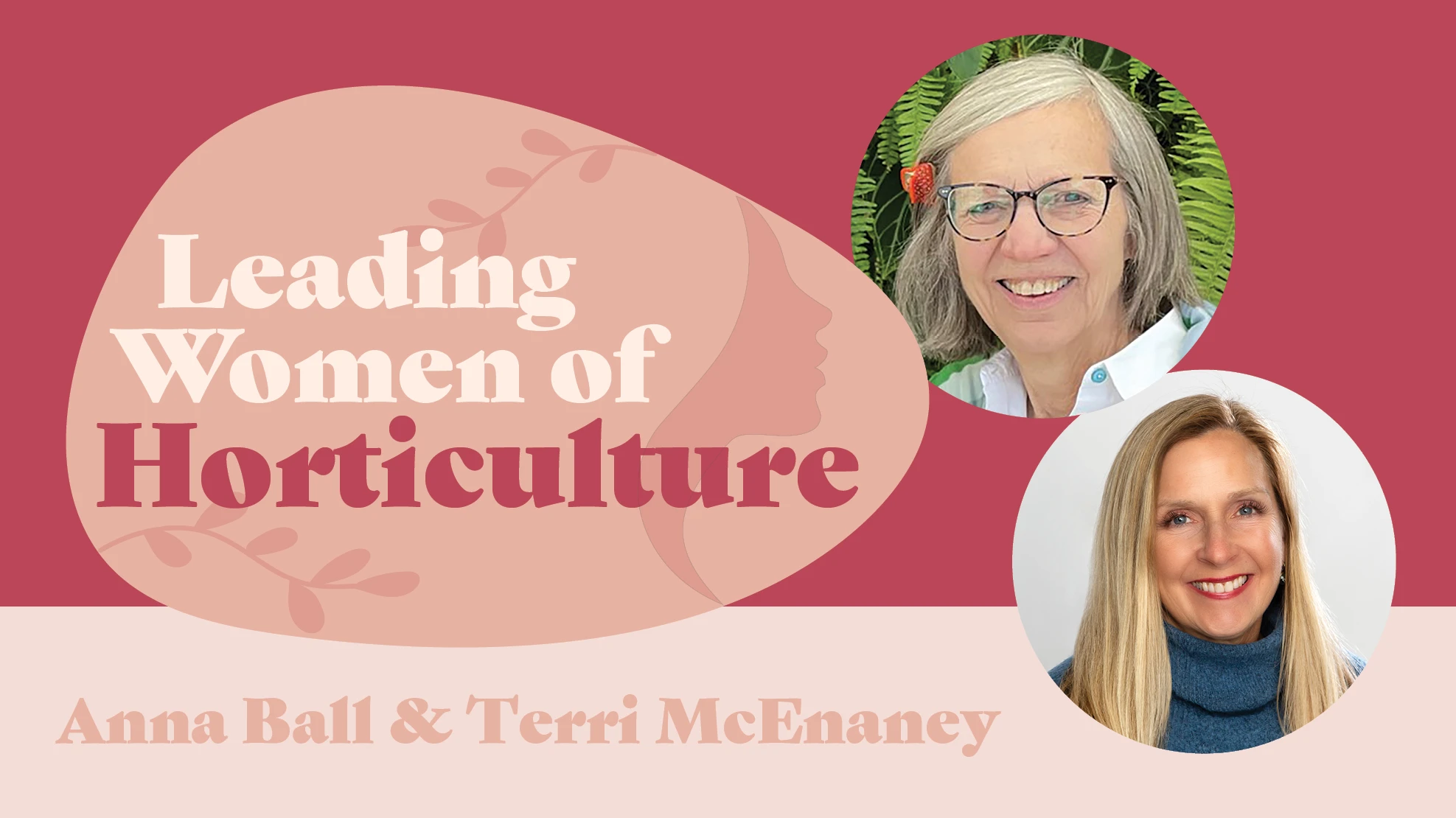
Symbiosis between plants and animals can be seen throughout nature. One needs to look no further than the crucial relationship between pollinators and the various flora of the world.
At the Cincinnati Zoo and Botanical Garden in Ohio, a different cooperative relationship between plants and animals has formed, one designed to bring attention to the importance of gardening with pollinator friendly plants.

The Zoo’s Best for Pollinators program is a coordinated effort by the zoo, several major plant breeders, and more than a dozen independent garden centers and grower-retailers to trial, grow, display and sell eye-catching annuals and perennials known to attract bees, butterflies and other pollinators. Based on existing plant trialing programs at the zoo, the Zoo’s Best for Pollinators program was introduced for the first time this year and plans are already being made to refine it for coming growing seasons.
Using plugs provided by companies like Proven Winners, Dümmen Orange, PanAmerican Seed, Ball FloraPlant and more, the zoo maintains trial beds throughout the grounds, beautifying the zoo and tracking varieties that perform well. Plants that display high pollinator activity are given the “Zoo’s Best for Pollinators” label and sold in 15 independent retailers throughout the region.
The retailers benefit from the branding power of the zoo, which attracts around 1.5 million visitors per year. In return, the Cincinnati Zoo and Botanical Garden receives a portion of the proceeds from sales of the Zoo’s Best for Pollinators varieties, which funds further developments of the zoo’s botanical garden and trialing programs.
Jordan Holtkamp, sales representative with Eason Horticultural Resources and longtime partner of the zoo, is one of the originators of the program. Holtkamp says the Zoo’s Best for Pollinators partnership takes advantage of the zoo’s established history as a plant trialing ground to bring attention to an important issue.
“[The zoo trials] all kinds of plants, and they’re trialing the pollinator program kind of as a subset,” Holtkamp says. “But, with all the attention to pollinators going on, we wanted to capitalize on that, take advantage of all the attention and spread the attention. The zoo has tons of people walking through, and it’s just a great place to get the message out and it fits right in with their message of conservation.”

Roots in research
The research aspect of the Zoo’s Best for Pollinators label was inspired in part by the several educational seminars and outreach initiatives The Cincinnati Zoo and Botanical Garden hosts, including learning events, “camps” and classes for kids and families.
Steven Foltz, director of horticulture at the zoo, says that one recent event involved local high school students who were brought to the zoo, given disposable cameras and asked to photograph anything that stood out to them. Bees, butterflies and other pollinators quickly became popular subjects, which encouraged in-depth study of the importance of pollinators for plant growth.
“They were getting shots of praying mantises eating aphids,” Foltz says of the students. “When they started, they didn’t know a carpenter bee from a bumblebee [or] a yellow jacket from a honeybee, but by the time they got done, they could tell you all kinds of names of bees. They didn’t know the flowers, but that’s where we came in.”
Trialing for pollinator attraction continued, with the goal of testing several misconceptions about pollinator-friendly plants, Foltz says.
“We kept on hearing talk about the notion that annuals were ‘plastic flowers’ to pollinators and it seemed there were a lot of groups promoting ‘if you’re planting annuals, they’re not sustainable, you’re not supporting pollinators,’” Foltz says. “That was kind of strange to us, because we’ve planted annuals and we’ve always had visitation from butterflies and bees.”
Foltz and the Cincinnati Zoo and Botanical Garden host 70 acres of gardens and grows 50,000 to 60,000 trial varieties at their facility each year. This background influenced the trials that produced the Zoo’s Best for Pollinators varieties.
“Of course, it’s not enough for a pollinator to visit a plant to get in our program,” Foltz says. “The plant has to prove that it’s a good plant to begin with. There are a lot of annuals and perennials that pollinators will visit, but they’re weak and don’t do a very good job in the landscape, and the homeowner’s not going to be very impressed.”
After extensive trials at the zoo, the program has produced dozens of promising varieties that proved to be both strong landscape performers and popular with pollinators, including perennials such as Karmina geranium, Canadian columbine and “Autumn Joy” sedum, and annuals such as zinnia “Uproar” rose, Verbena bonariensis, pentas “Graffiti Violet” and many more.



Getting onto the shelves
Independent garden center retailers across the country realize how important pollinator gardening is to their customers.
Stocking plants with proven appeal to bees and butterflies is good business.
To encourage this trend and get their trial varieties in front of as many gardeners as possible, Holtkamp and Foltz partnered with 15 retailers and grower-retailers throughout the Cincinnati area. Businesses as far north as Dayton, Ohio, and as far south as Northern Kentucky are taking part. Holtkamp says there was some initial difficulty forging these retail partnerships, but participants are largely pleased with the results as the first season of the program wraps up.
“The independents are independent for a reason,” Holtkamp says. “This was kind of a collusion, almost, so some of them were a little set back by it, they weren’t too sure. This was way out of their realm of normalcy of just selling black pots and things like that, so it took some convincing. For the most part, everybody that participated was happy, and they’re all looking forward to doing it again next year.”
Holtkamp says some credit for the merchandising power of the Zoo’s Best program goes to a specialized 3D-printed container by Summit Plastic Company. Named the JanorPot, the container features branding labels that are designed to face out toward the customer when displayed on IGC shelves.
When he saw the container at a trialing event, Holtkamp starting thinking of ways to use the products, leading to the idea of selling the trial varieties at local retailers.
Pipkin’s Market in Cincinnati is one of the retailers that got on board with the Zoo’s Best for Pollinators program. Melanie Steele, a buyer for Pipkin’s, says her store had carried and sold pollinator-friendly varieties for years, but they weren’t merchandised and promoted as a single package before partnering with the zoo.
“With the zoo, it sort of came together in a bigger scenario, but in the past, we had some other growers that had plants labeled as pollinator plants and things like that,” Steele says. “But it wasn’t as eye-catching as the zoo and didn’t have that oomph behind it like having the zoo’s name on it.
“The zoo’s beloved here and the horticulture department at the zoo definitely does a lot of education and so lots of people know about it,” Steele adds. “So, having that sort of recognition and labeling was a talking point for us on the retail end of it and a recognition factor for the customers.”
Steele says the branded varieties from the zoo seem to have tapped into growing consumer interest in pollinator protection and organic living.
“Generally, all kinds of people, whether they’re really true gardeners or whether they’re new to gardening, are really interested in planting good things to bring insects into the gardens, to grow edibles and [they understand] the need for pollination,” Steel says. “I think there’s a big awareness now, so people are more apt to be asking those questions when buying plants.”

Looking forward
Considering the amount of businesses and organizations involved and the volume of product grown and sold, Holtkamp is largely pleased with the debut of the Zoo’s Best for Pollinators line of varieties.
“For its first year, I think it went pretty well,” Holtkamp says. “To get 15 garden centers involved ... and I don’t have the final numbers, but I think we grew 40,000, and that’s a combination of annuals and perennials. They sold pretty well at garden centers, and the garden centers got to take advantage of some of the zoo’s advertising.”
There’s always room for improvement, however. As the program develops in the future, Holtkamp hopes to reach out to more businesses and broaden the reach of the partnership, potentially by spreading the idea to other zoos and botanical gardens.
“We certainly do a lot of work in Columbus and down in Lexington [Ky.], so I’m always looking to those areas. I don’t go much further than that, but I would think that other zoos and botanical gardens can partner with their own regional garden centers and do their own, similar programs,” Holtkamp says. “I don’t see why this wouldn’t spread that way.”
Additionally, Steele hopes that retailers and the zoo have clearer communication and more efficient collaborations in future seasons of the program.
“There are so many ways to reach people anymore, and it’s hard to do it. Trying to display signs and things like that gets tricky and can be costly. But I think the word will get out more as more people support these plants and go to these education classes at the zoo. I think it’ll get a better following in the future.”
Despite all the difficulties of executing the Zoo’s Best for Pollinators program, Foltz is happy to be encouraging gardeners and spreading the word about varied and beneficial plants.
“There’s a lot of fads out there, but the bottom line is, people love great plants and they love to see pollinators and help the environment,” Foltz says. “We just need to plant more. It’s a pretty simple concept. Better plants make better gardeners, and we need more out there.”

Explore the November 2016 Issue
Check out more from this issue and find your next story to read.
Latest from Garden Center
- Meet the Next Gen: Gabriella Blair, Star Roses and Plants
- Leading Women of Horticulture: Katie Dubow, Garden Media Group, and Aubry Field, Lizzy Blossom
- Boxed in: 2025 Axiom Gardening Outlook Study explores big box vs IGCs
- Rhododendron renaissance: Holden Forests & Gardens using research to improve commercial plants
- Showing up at your horticulture business as your whole self
- Ask HR: We got a bad review after an employee having a bad day snapped at a customer. What do I do?
- University of Florida researchers are securing the future of floral fragrance using caladium
- Leading women of Greenhouse Management





